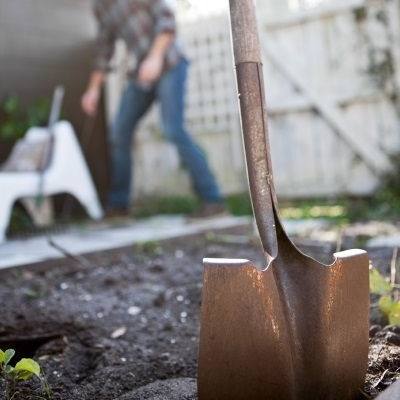Sometimes when people change something about their lives, they are surprised to find out their insurance rate changes, too. This is true with car insurance, as insurance companies use many factors to price auto policies.
Knowing what some of these factors are, and why they matter to insurers, can help you better understand rate changes, if they occur.
Here are five reasons an existing insurance policy rate might rise or fall in price.
1. Car type
Different types of cars cost differing amounts to insure. That’s because some cars have more safety features than others and, statistically, those driving in cars with more safety features have less severe physical injury claims and, therefore, require less medical care. These features might also mean these drivers have fewer accidents because the safety features might help prevent them. When claims occur, though, repair costs may be higher if safety features get damaged. If you’re thinking of getting a different car, it’s helpful to call your insurance agent first, to find out how that car model will affect the insurance rate.
2. Change of residence
Even if your new home is only a block away from your previous address, if it’s in a different zip code, your auto insurance rates could change. Zip codes are one factor insurance companies may use to set rates. The claims within each zip code might have a different number of auto accidents, thefts, vandalism, fraud and other issues affecting claims. Auto policies vary in price from state to state as well. That might be attributed to accident rates, but it also can be from state laws mandating what insurance companies must cover.
3. New driver on the policy
Adding someone to your auto policy will also affect the rates. If the new person on the policy is a teen driver, some parents are surprised to see their monthly premiums increase. This is because teens in their first six months of driving independently have more crashes than in their next year of driving, according to a study by the National Institutes of Health and the Virginia Transportation Institute. As teens gain experience behind the wheel, they have fewer accidents. Still, because teenagers have a statistically higher incidence of auto accidents, the group is more expensive to insure. Check out these seven tips to make your teen a better driver.
4. Vehicle’s age
While it’s true some cars become more valuable (if kept in mint condition), most vehicles do not. The good news is that as cars get older, they may cost less to insure. One factor insurance companies use to set rates is the cost to repair a damaged car or the value paid to a policyholder for a car that’s beyond repair. If an insurance company decides to pay an older car’s cash value instead of repairing it, that’s usually less expensive than paying the cost of a newer car.
5. Accidents and violations
After an accident or moving violation, insurance rates sometimes increase. That can happen even if the accident is not the insured’s fault. Some companies, including Nationwide, offer Accident Forgiveness coverage in certain states. With this coverage option, your premium won’t increase after your first at-fault accident. Sometimes policyholders can also get auto insurance discounts if they’ve gone through a period with no accidents or violations.
It’s helpful to check with your insurance agent to ask about the factors that affect your car insurance policy. If you’re looking to get a new car, it’s also a good idea to ask us how the different models you are considering will affect your insurance rate.
Learn more about the price of auto insurance – it can help you estimate your budget and maybe even help you save money.



